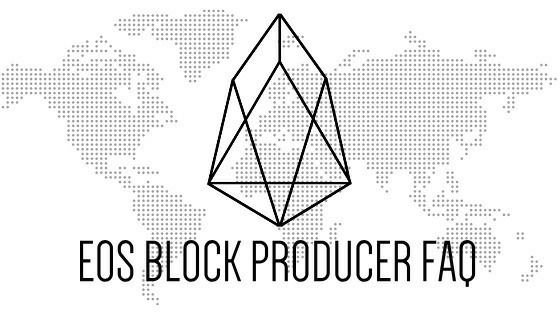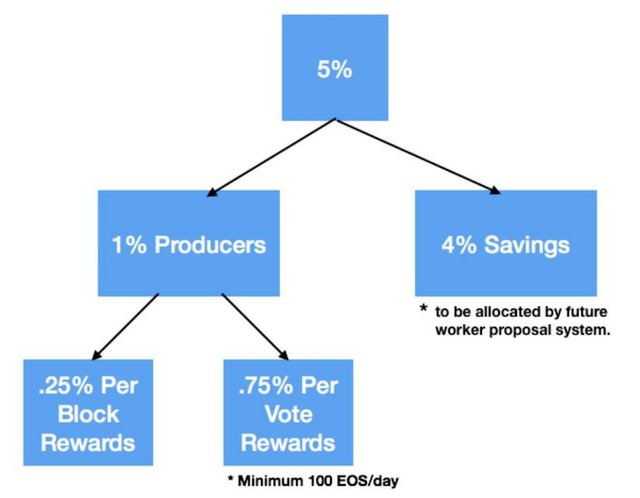EOS Block Producers Explained

DPoS
The EOS platform has quite an unconventional approach to the production of blocks. The consensus algorithm used by EOS is called Delegated Proof of Stake and it helps to increase scalability drastically. The EOS blockchain is maintained by the 21 block producers. These block producers are public and they get elected via the voting — the entire EOS community can vote. Every 2 minutes the voting defines who become 21 block producers.
There's a long list of block producer candidates and the competition for the top 21 is really serious. Those producers who do their work well and please the EOS community will have the votes next time. Those who can't satisfy the community lose their position and move lower freeing the position for someone else.
Some people can't agree that EOS boasts good decentralization forgetting that the list of 21 Block Producers (BPs) is changing all the time while Proof of Work blockchains are pinned to several mining pools and depend on them heavily.
What Does It Mean To Be an EOS Block Producer?
BPs are creating blocks and get paid for it. The rewards are quite high. It stimulates the community members to pursue the goal of becoming a good BP. BPs are paid with the EOS tokens appearing thanks to token inflation. The year inflation of EOS is programmed to reach 5%. 1% is a reward for the BPs.

The rewards can be withdrawn or re-invested (used as a payment for the EOS services such as community support, the development of the project and DApps, education, and so on). There are dozens of BP candidates at this time. The potential annual income of BP can reach an amount worth of millions of USD so you can imagine how tough is the competition, and everyone has to be nice to others in order to get their votes. This factor makes the EOS community extra friendly. EOS BPs are not anonymous, but public. That makes them responsible.
Criteria For the Potential Block Producers
The following list is not official, but it captures the most important criteria quite well:
Public presence. Each candidate should provide a link to the company's website and should be represented on social media.
ID on Steemit should include:
—official block producer candidate name
—company headquarters location
—expected location of servers
—type of servers (cloud, bare metal, etc)
—an actual list of employees and pictures of at least 2/3 of staff
—relevant background qualifications for at least 2/3 of staff
- Roadmap. BP should be able to prove that it has a real plan, real goals, strategy, and tactics. Voters should understand what to expect from this block producer.
Elections
The staked EOS tokens of the community members are viewed as votes for the chosen BP candidate. These tokens can't be staked towards RAM, but only towards CPU or Bandwidth. The voters can delegate their voting power to others. The voting tokens get locked for 3 days after the end of staking but the votes can be changed any time. As soon as you felt disappointed by the actions of the candidate you voted for or found a better candidate, you are free to vote for someone else.
Conclusion
It might seem that 21 nodes are not the best basis for the really decentralized platform, but as you can see actually the solution delivered by EOS makes the governance even more flexible than the well-known Proof-of-Work blockchains consuming much energy for processing of a small number of transactions per second.
Hello minergateeosbp!
Congratulations! This post has been randomly Resteemed! For a chance to get more of your content resteemed join the Steem Engine Team